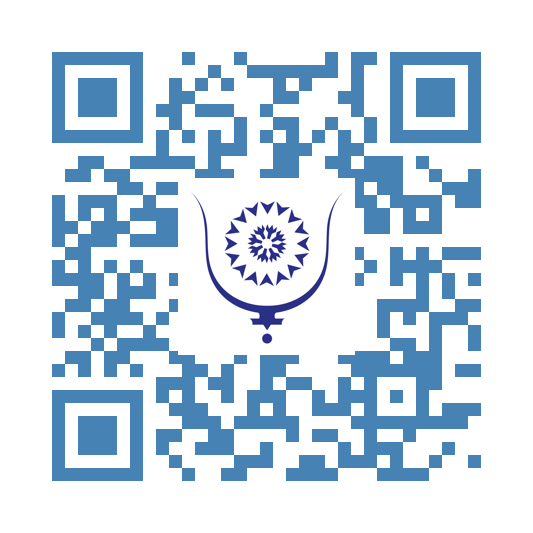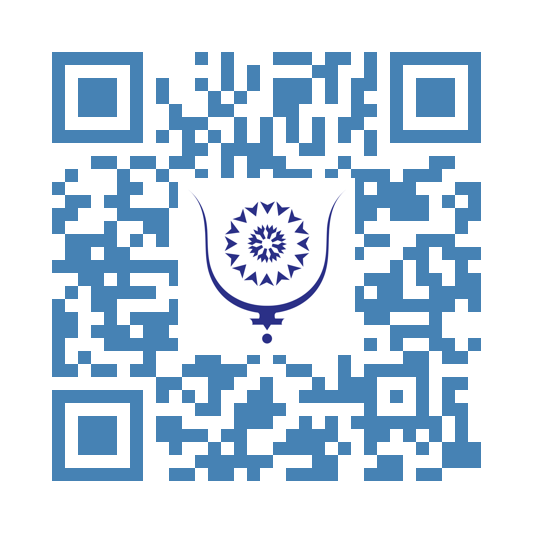Le syndrome de Rett une maladie neurologique lourde 1474
Le syndrome de Rett est une maladie neurologique d’origine génétique. Il atteint quasi-exclusivement le sexe féminin en apparaissant entre 6 et 24 mois après la naissance.
Pathologie très handicapante, le syndrome de Rett conduit à des déficiences physiques et intellectuelles graves, affectant presque tous les aspects de la vie quotidienne de l’enfant que ce soit sa capacité à parler, à marcher, à manger, à bouger les yeux … ou même à respirer facilement. L’enfant continue cependant à comprendre et à communiquer son humeur et son émotion à sa façon.
UN HANDICAP LOURD, PRECOCE ET PROGRESSIF
Le syndrome de Rett apparaît en général entre les 6 et 24 premiers mois de vie de la petite fille. Le développement psychique et moteur s’altère progressivement. De façon typique, la petite fille se frotte et tord ses mains de manière répétitive ; son intérêt pour son environnement se perd que ce soit à l’égard des personnes ou des objets. Ce tableau se complique souvent de crises d’épilepsie puis de l’apparition d’une scoliose. L’enfant peut vivre pendant des années, voire des dizaines d’années. La maladie n’est pas en effet mortelle, mais ce sont les nombreuses complications, surtout cardiorespiratoires et nutritionnelles, qui raccourcissent l’espérance de vie de ces petites filles.
UNE GESTION MULTIDISCIPLINAIRE DE LA MALADIE
Il n’existe pas de traitement pour le syndrome de Rett, la prise en charge se basant sur la gestion des symptômes. Il faut maintenir la mobilité du malade, prévenir les déformations squelettiques et conserver de bonnes positions par des appareillages portés jour et/ou nuit. Le maintien d’une certaine qualité de vie implique aussi la mobilisation équipes pluridisciplinaires comprenant, outre les médecins, des kinésithérapeutes, psychomotriciens, ergothérapeutes, diététiciens… Des traitements symptomatiques doivent par ailleurs être prescrits afin de soulager les différentes manifestations respiratoires, cardiovasculaires et les crises convulsives.
PRISE EN CHARGE DES TROUBLES DE LA COMMUNICATION
Les fillettes malades sont privées de communication verbale. Il faut alors essayer de comprendre ce qu’elles tentent de dire, en décodant les postures, les mimiques, les regards, les cris, les pleurs… On met en place ensuite une communication au moyen d’images représentant des objets, des personnes ou des actions de la vie quotidienne pour faciliter les échanges.
UNE ORIGINE GENETIQUE MAIS NON HEEREDITAIRE
Ce trouble concerne 1 naissance sur 10 à 15 000, ce qui représente 9 000 nouveaux cas chaque année dans le monde et une vingtaine au Maroc. Il provient de la mutation d’un gène sur le chromosome sexuel féminin X : plus précisément, il s’agit d’une néo-mutation, c’est-à-dire une mutation qui n’est pas portée et héritée de la mère ou le père, mais qui apparaît chez le futur bébé lors de son stade embryonnaire.
DES ESPOIRS A L’HORIZON ?
Ce syndrome fait l’objet actuellement d’une recherche médicale très dynamique. De nouvelles thérapeutiques, dont certaines sont en voie d’essai, permettront déjà certainement de réduire et maîtriser les problèmes cardiorespiratoires, sources des complications les plus graves. A plus long terme, tous les espoirs des familles reposent sur la thérapie génique susceptible d’apporter une amélioration significative et même la guérison. Son principe reposerait sur le remplacement du gène défectueux par l’introduction d’un gène normal et fonctionnel dans les cellules nerveuses, les neurones.
LE DESARROI DES FAMILLES AU MAROC
Comme le montre la description ci-dessus de tous ses aspects, cette affection implique de la part des parents au Maroc beaucoup de sacrifices, tant personnels que financiers. Bien des familles sont incapables d’y faire face avec une réelle efficacité et la prise en charge médicale est souvent défaillante. Face à toutes ces difficultés, des parents se sont mobilisés en créant, en 2015, l’association marocaine du syndrome de Rett. Leur énergie a permis de sortir de l’anonymat ce terrible mal mais il reste beaucoup à faire pour que tous ces enfants atteints puissent vivre dignement.
L’ASSOCIATION MAROCAINE DU SYNDROME DE RETT (AMSR)
L'association a été créée en 2015 par Monsieur El Mokhtar Mustapha. Elle a organisé sa première journée d'information et de sensibilisation à Rabat en mars 2017.
El Mokhtar Mustapha EST EGALEMENT MEMBRE FONDATEUR ET MEMBRE DU BUREAU DE L’ALLIANCE DES MALADIES RARES AU MAROC
Dr MOUSSAYER KHADIJA الدكتورة خديجة موسيار Spécialiste en médecine interne et en Gériatrie en libéral à Casablanca. Présidente de l’Alliance des Maladies Rares au Maroc (AMRM) et de l’association marocaine des maladies auto-immunes et systémiques (AMMAIS), Vice-présidente du Groupe de l’Auto-Immunité Marocain (GEAIM)
SITES UTILES
Orphanet : Grand site de référence sur les maladies rares, destiné aux professionnels et au grand public : https://www.orpha.net/consor/cgi-bin/index.php
ALLIANCE maladies rares : http://www.alliance-maladies-rares.org/
EURORDIS http://www.eurordis.org/



